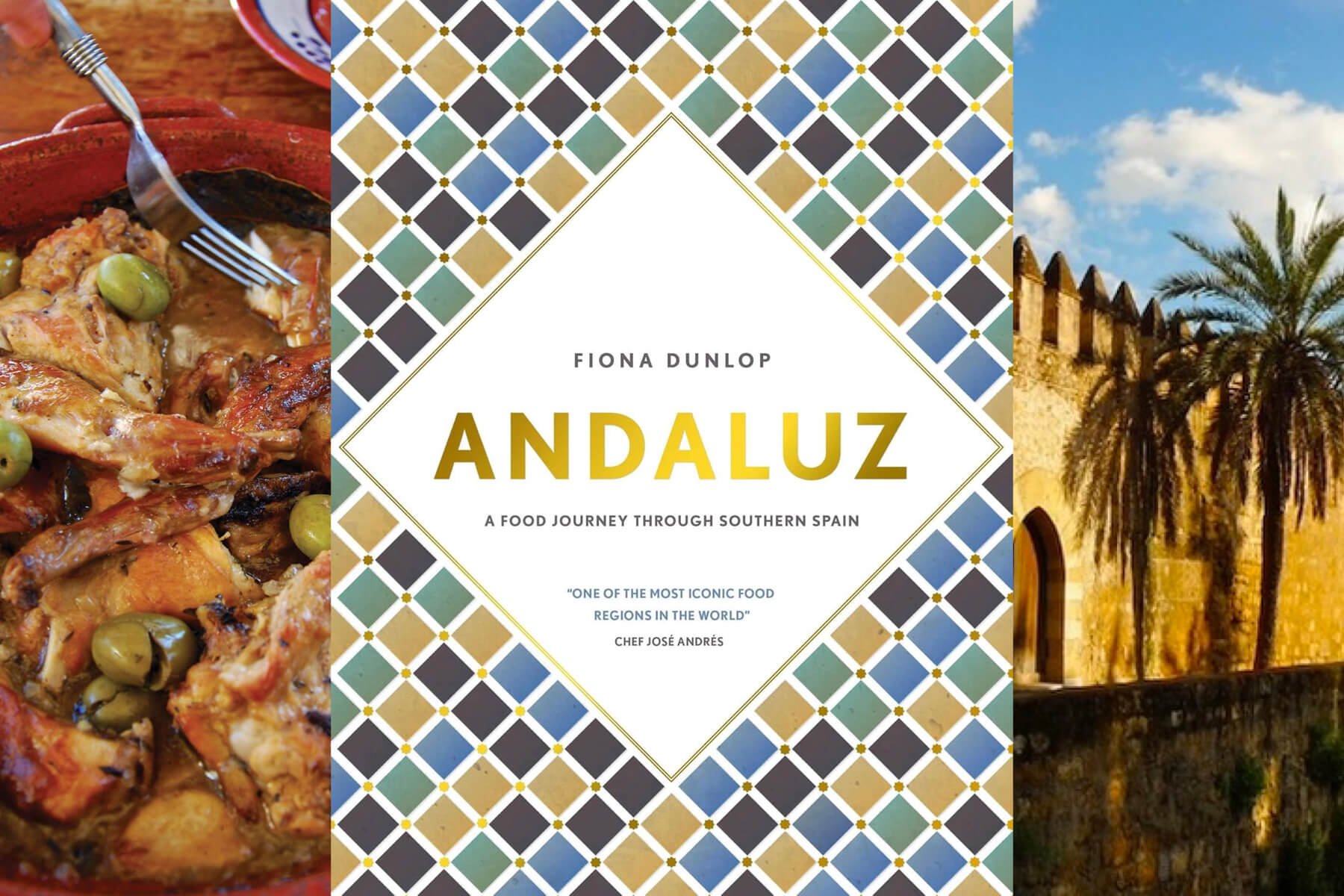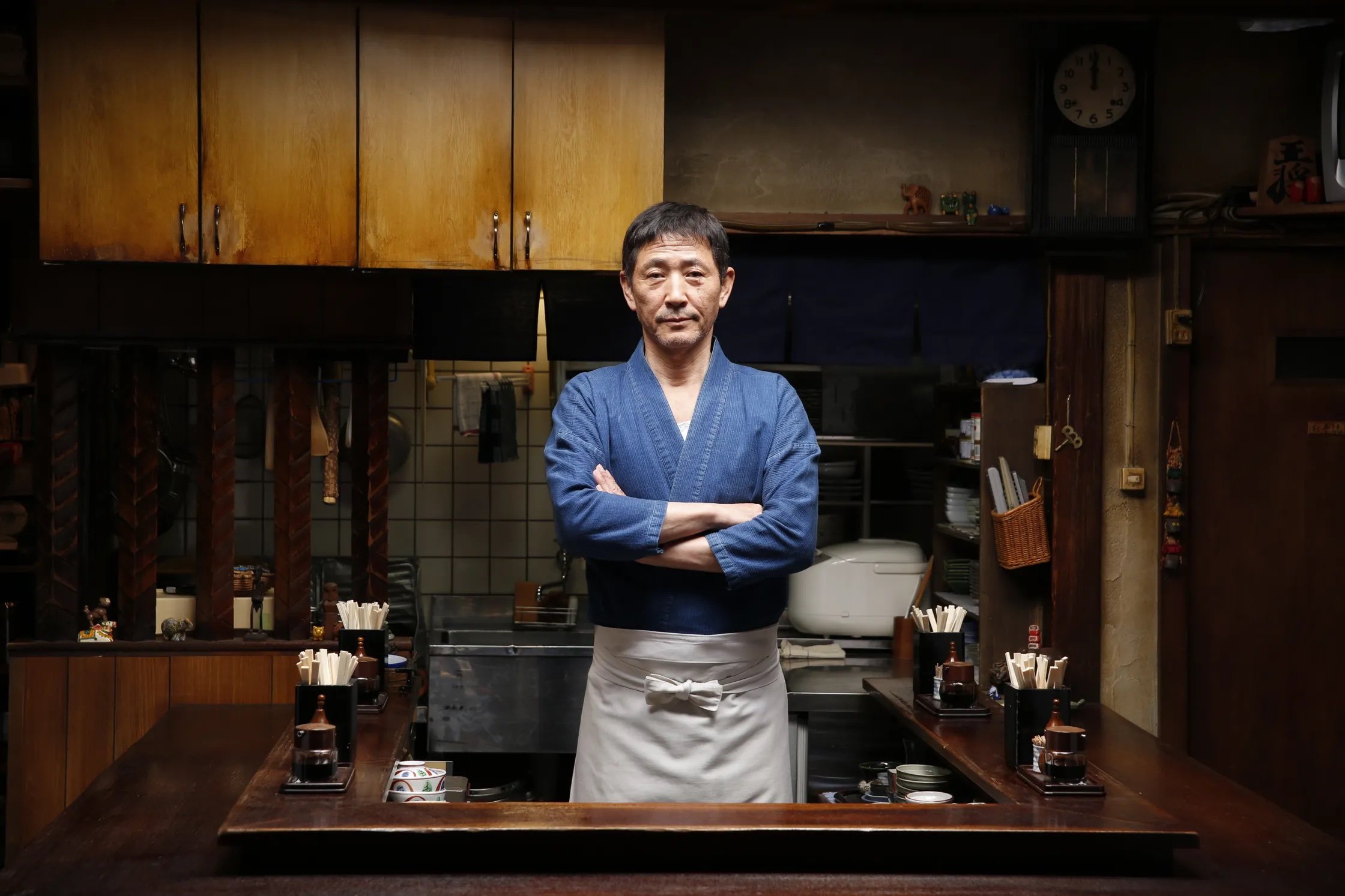Advertisement
Behind the Cookbook: The Art of Parsi Cooking
14 October 2024 · Behind the Cookbook
Niloufer Mavalvala’s books have helped to bring Parsi cooking to widespread attention. In this latest Behind the Cookbook feature, Niloufer tells ckbk about the origins of this unique style of cooking and how she came to write The Art of Parsi Cooking (just added to ckbk) and its followups including The World of Parsi Cooking and The Route to Parsi Cooking
For those unfamiliar with Parsi cuisine, it stems from a culmination of Persian and Indian cuisines. It is what migrants from Pars (hence Parsis), a region of ancient Persia inhabited by followers of Zarathushtra or Lord Zoroaster, also known as Zarthostis and Zoroastrians, embraced and adapted to when they landed in India. Eating local produce meant creating a variant, which slowly evolved into a unique and distinct cuisine. The addition of spices and coconut, both plentiful, were introduced to their cooking. India was being colonised, and the food was influenced by them over the years. The Portuguese gave us vinegar, the British gave us custards, and the Dutch introduced us to biscuits that we call batasas.
As a young girl, my memory of growing up with delicious meals is vibrant. I only enjoyed eating Parsi food, and everything else seemed to be extremely foreign to my palate. My parents often took us on family holidays to other countries, and while I loved everything about that, I struggled to ever enjoy a proper meal. Back home, my mum continued to prepare other cuisines that they fancied, but fortunately it was only for dinner parties, and I was allowed to enjoy simple everyday Parsi cooking. Food was important in my family, and I had a hearty appetite to relish it. Our table conversations were often about what to cook next.
I was sent to an all-girls Parsi school where cooking was compulsory for two years once we turned 13. My teacher was certainly old-fashioned, stingy, and undiscerning, and I hated being told what to do. I had decided cooking class was a waste of time. My father was appalled at that thought. I refused to ‘practice’ the food we were meant to learn, and he tried to cajole and bribe me into learning to cook. I focused on baking, making crepes (which are still my personal favorite therapy to relax with the music blaring and me singing in my terrible voice), and preparing jams instead of trying kheemo (ground meat) or a trio of lentils, rice and prawns — dhun dar patiyo!
It was not until years later that I started cooking Parsi food, as I visited my brother in Cambridge and my friends studying abroad, that I started to experiment with my favorite foods like dhansak — a traditional lentil dish, rus chawal — meat in gravy we consider comfort food, or masoor ma gos — black lentils with meat. Making his favorite sas khichri — fish in tomato gravy — and even a pot of dahi ma gos — meat in yoghurt — became fun. I soon realised the joy it gave all who ate it was incredibly infectious. My aunt visiting from Bombay would give cooking demonstrations in our home to her friends, and I recall being a sous chef to her while preparing tiered beer pancakes, among other dishes. In turn, I started giving a cooking class to young kids on their summer break when I was 17 and enjoyed that too. My darling mum, Shireen, was a meticulous perfectionist and kept handwritten cookbooks of all her recipes. I am fortunate to have had her guidance until she passed away 3 years ago. The kitchen has always been my happy place.

Niloufer Mavalvala's parents (circa 1987)
My parents were kind and generous people. We had an open house where everyone was welcome. Friends often visited and joined the family at the long dining table. It was a given that my mum would prepare simple, home-made Parsi cooking, which was delicious for all to enjoy. It was customary in Parsi homes to have a vegetable topped with an egg to start with, followed by rice; for example, a typical meal was tamota per edu (eggs on tomatoes), and curry chawal (rice). And we were no different. For dinner, it was a vegetable with bone-in meat we call ma gos (with meat), for example, papayta ma gos (potaoes served with meat), served with fresh, warm rotlis — a flat bread also known as a chapati.

Tamota per Edu (Eggs on Tomatoes) from The Art of Parsi Cooking

Papayta ma Gos Ghambar nu Gos (Meat with Potatoes) from The Art of Parsi Cooking
Once married, I had my own home and kitchen, and I started cooking daily. But everyone has a story to tell, and my life changed the day my father died rather unexpectedly. It was the hardest blow, and I was young, pregnant, and completely devastated. We moved away to Dubai, where I started teaching and sharing my favourite foods. It gave me a chance to meet new people and talk about my culture. After all, I was now living in a place where almost no one in my immediate circle knew anything about my food, culture, or rich heritage. Everything Parsi became a part of me; it appeared to be mine. Nonetheless, it took sheer discipline for me to succeed as a self-taught home cook at something I enjoyed living for, reading , and learning more about. It created a passion with purpose.
Six years later we moved to Toronto; here I continued my food journey and created my blog. It was a platform to share my passion and to pen my thoughts. The blog wasn't (and still isn't) limited to Parsi cuisine; instead, it includes whatever I feel like cooking, eating, or serving that week. This has now grown to 1.2 million readers thanks to social media. At that time, I had also written a few e-books on different cuisines and was enjoying my freedom of expression.
This led to crossing paths (by chance) with Denise Landis, a lovely lady in the world of food who quickly became enamoured with everything Parsi. Despite her extensive career in food journalism, writing and testing recipes for well-known magazines in the United States, she told me she had been unfamiliar with Parsi cuisine. She asked me a couple of questions out of curiosity and encouraged me to share a recipe that would be different, intriguing, and yet familiar enough for the crowds to resonate with. I chose Patra ni Machi because who in the world of food has not heard of fish, coconut, and banana leaves? The recipe on her popular website (The Cook’s Cook) drew in thousands. She told me to write a cookbook about Parsi cooking, and I did — The Art of Parsi Cooking: Reviving an Ancient Cuisine, which was published in 2016. We had started something good.
Some months later I was invited to do a TV show about mangoes, where I cooked keri kanda — mangoes and onion, and baked macaroon torte, topped with fresh mangoes. We spoke about a family favorite, keri ni chutney — mango chutney, and other mango treats like buffenu — pickled whole ripened mangoes, mango lassi (which I made for the TV crew) and mango ice cream.

Pickled Mango from The World of Parsi Cooking

Mango Chutney from The World of Parsi Cooking

Mango Macaron Torte from The World of Parsi Cooking
The first cookbook was successful and highly appreciated throughout the Parsi community and beyond. This motivated me to write my second book, The World of Parsi Cooking: Food Across Borders, which came out in July 2019. This time I worked on it my way. There was no publisher, just a great photographer and a talented creative designer. It was a wonderful experience. I self-funded the printing. The cookbook surged, winning three Gourmand Awards—a biggie in the culinary world. Parsi cuisine is now officially recognized as a regional Indian cuisine. To boost my confidence even further, I began on a detailed cookbook journey, a type of compendium, connecting the dots between our roots and the route to Parsi cooking.
While I continued to research for that cookbook, The Route to Parsi Cooking: From Pars to India and Beyond, (which went on to be published in June 2024), I took a detour to write a book sharing my vegetarian favourites. I knew much of the culinary world was shifting toward vegetarianism, so it seemed appropriate to produce a vegetarian Parsi cookbook, influenced by tradition. This was not to convert anyone but to share this unique aspect of Parsi cuisine. The Vegetarian Parsi: Inspired by Tradition, published in October 2022, received two Gourmand Awards.
My journey in life was unplanned and never about me; my passion with purpose has evolved to help revive my ancient cuisine. The goal is to place Parsi food on the global culinary map so that people are aware of and learn more about my ancient cuisine, which is simple, nutritious, delicious, and affordable as it is always served family style. Creating awareness and sharing it is the only way ahead.
The Art of Parsi Cooking, The World of Parsi Cooking and The Route to Parsi Cooking are now available in full to ckbk Premium Members. The Vegetarian Parsi will also be added to ckbk soon.
Niloufer’s most popular Parsi recipes
About the author
Born and raised in Karachi, Pakistan, Niloufer’s love for food combined with extensive world travel from a young age inspired her to experiment with world cuisines. Niloufer gave her first cooking class to a group of school girls at the age of 17; loving the opportunity to meet new people who share her passion for food, she has gone on to give many, many more cooking classes in Dubai, UK, and Canada — where she has lived for the past 15 years with her family.
More ckbk features
Fiona Dunlop shares the story of her travels through the restaurants of southern Spain researching this passion project
Find out how to customize ckbk to your suit your needs, including choosing between Metric and US measurements
ckbk founder Matt Cockerill selects favorite Japanese comfort foods featured in the cult Netflix series
Advertisement











